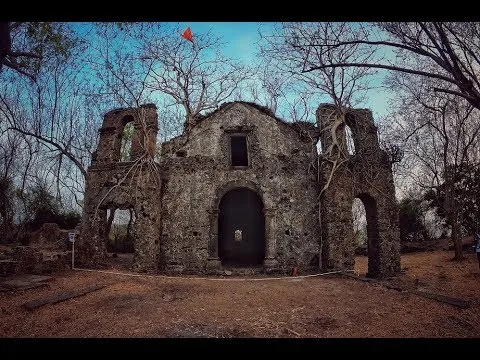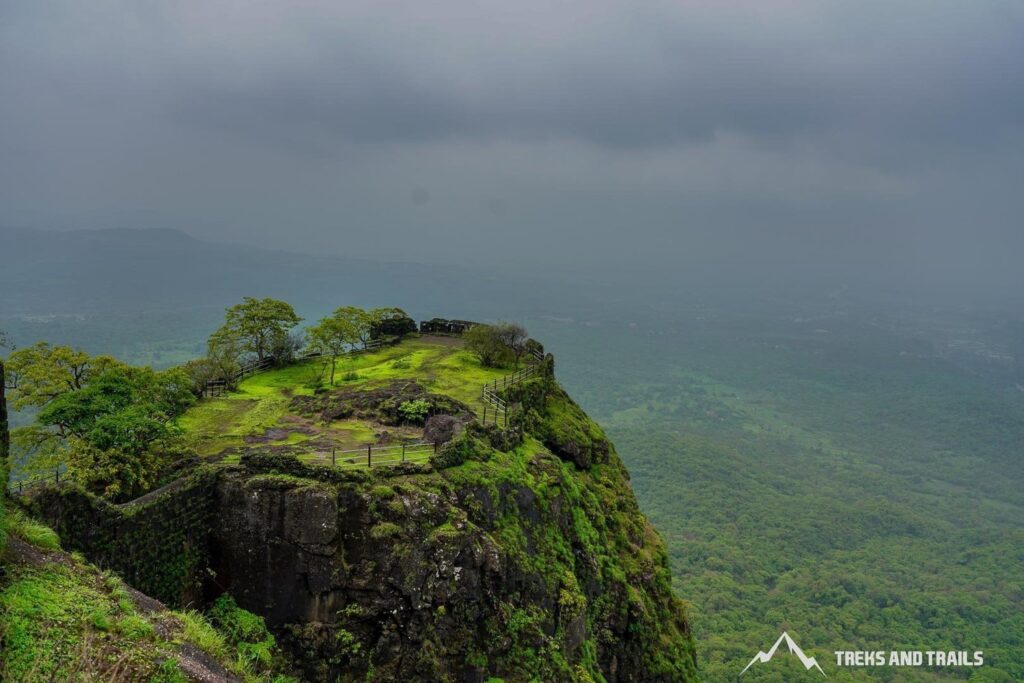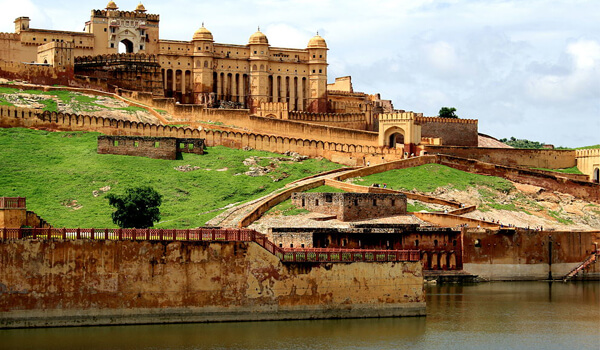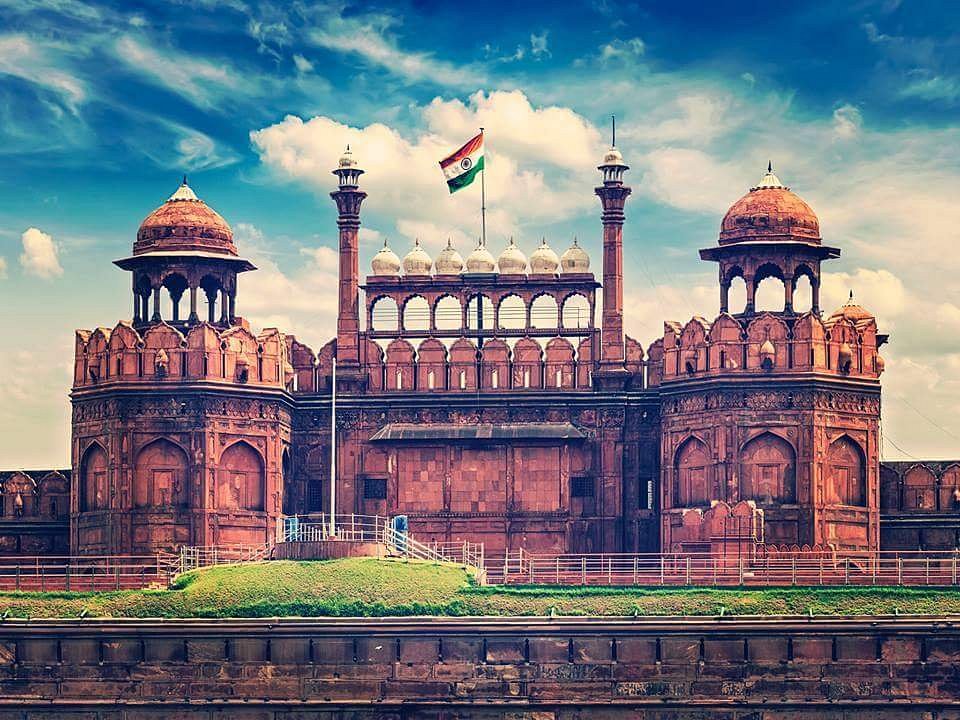Introduction:
Perched atop the rugged cliffs of the Western Ghats in Maharashtra, India, Dronagiri Fort stands as a silent sentinel, guarding centuries of history, legend, and intrigue. Despite its remote location and relatively lesser-known status, Dronagiri Fort boasts a rich heritage, architectural splendor, and panoramic vistas that attract adventurers, historians, and nature enthusiasts alike. This essay embarks on a journey to uncover the secrets and stories of Dronagiri Fort, exploring its historical significance, architectural marvels, and cultural legacy.
The History of Dronagiri Fort:
Dronagiri Fort, also known as Dronagad or Drona Fort, traces its origins to ancient times, with references to the fort dating back to the Mahabharata, the ancient Indian epic. According to legend, Dronagiri Fort was named after Dronacharya, the revered guru and military strategist of the Pandava princes. It is believed that Dronacharya, along with his disciples, including Arjuna, resided at the fort during their exile.
Historical records suggest that Dronagiri Fort was built and inhabited by various dynasties and rulers over the centuries, including the Satavahanas, Chalukyas, Rashtrakutas, and Yadavas. The fort’s strategic location atop a steep hill provided a natural defense against invading armies and served as a vantage point for surveillance and control of the surrounding region.
During the medieval period, Dronagiri Fort came under the sway of the Bahmani Sultanate and later the Adil Shahi dynasty of Bijapur. The fort witnessed numerous battles and sieges as rival kingdoms vied for control of the lucrative trade routes and fertile lands of the Konkan region. It was during this time that Dronagiri Fort reached its zenith as a military stronghold and administrative center.
In the 17th century, Dronagiri Fort fell into the hands of the Maratha Empire under the leadership of Chhatrapati Shivaji Maharaj. Shivaji recognized the strategic importance of Dronagiri Fort as a key outpost guarding the trade routes between the coastal Konkan region and the Deccan plateau. Under Maratha rule, the fort underwent extensive renovations and fortifications, including the construction of bastions, ramparts, and gateways, to strengthen its defenses against enemy incursions.
Architecture and Fortifications:
Dronagiri Fort’s architectural features reflect a blend of indigenous craftsmanship, military engineering, and natural topography. The fort is situated atop a precipitous hill, surrounded by sheer cliffs and dense forests, making it virtually impregnable to enemy attacks. The main entrance to the fort is guarded by a formidable gateway, known as the Mahadarwaja or Kille Darwaja, which is flanked by bastions and watchtowers.
Within the fort complex, visitors can explore a labyrinth of chambers, courtyards, and temples, each bearing testimony to the fort’s storied past and cultural heritage. The fort’s summit is crowned by a citadel or bastion, offering commanding views of the surrounding landscape, including the Arabian Sea to the west and the Sahyadri mountains to the east.
One of the most remarkable features of Dronagiri Fort is its water management system, which includes cisterns, reservoirs, and aqueducts designed to collect and store rainwater for the fort’s inhabitants during times of siege or scarcity. These ancient engineering marvels highlight the ingenuity and resourcefulness of the fort’s builders in harnessing natural resources for survival.
Legends and Folklore:
Dronagiri Fort is steeped in mythology, folklore, and legends that add to its mystique and allure. According to local folklore, the fort is believed to be haunted by the spirits of ancient warriors and princesses who perished in battle or tragic circumstances. Visitors to the fort have reported hearing disembodied voices, seeing shadowy figures, and experiencing inexplicable phenomena, fueling speculation about the fort’s supernatural powers.
One popular legend associated with Dronagiri Fort is the tale of the hidden treasure of Raja Bhoj. According to legend, the fort was once inhabited by a wealthy king named Raja Bhoj who amassed a vast fortune in gold, jewels, and precious artifacts. Before his death, Raja Bhoj is said to have hidden his treasure within the labyrinthine passages and chambers of Dronagiri Fort, leaving behind cryptic clues and riddles for future generations to decipher.
Tourism and Conservation Efforts:
Despite its historical significance and natural beauty, Dronagiri Fort remains relatively off the beaten path, attracting fewer tourists compared to other forts in Maharashtra such as Raigad and Sinhagad. However, in recent years, efforts have been made to promote Dronagiri Fort as a tourist destination and heritage site, with initiatives aimed at enhancing infrastructure, preserving cultural heritage, and raising awareness about the fort’s historical and ecological importance.
The Maharashtra Tourism Development Corporation (MTDC) and local authorities have undertaken various conservation projects to restore and maintain the fort’s architectural features, mitigate environmental degradation, and promote sustainable tourism practices. These efforts include the restoration of fort walls, restoration of temples and monuments, installation of signage and interpretive panels, and development of trekking trails and camping facilities for visitors.
Conclusion:
Dronagiri Fort stands as a testament to Maharashtra’s rich cultural heritage, architectural splendor, and natural beauty. From its ancient origins and medieval glory to its modern-day allure, the fort continues to captivate the imagination of historians, adventurers, and nature enthusiasts alike. As we unravel the mysteries and stories of Dronagiri Fort, let us cherish and preserve this invaluable treasure for future generations to discover and appreciate. May Dronagiri Fort remain a beacon of history, heritage, and wonder for centuries to come.






